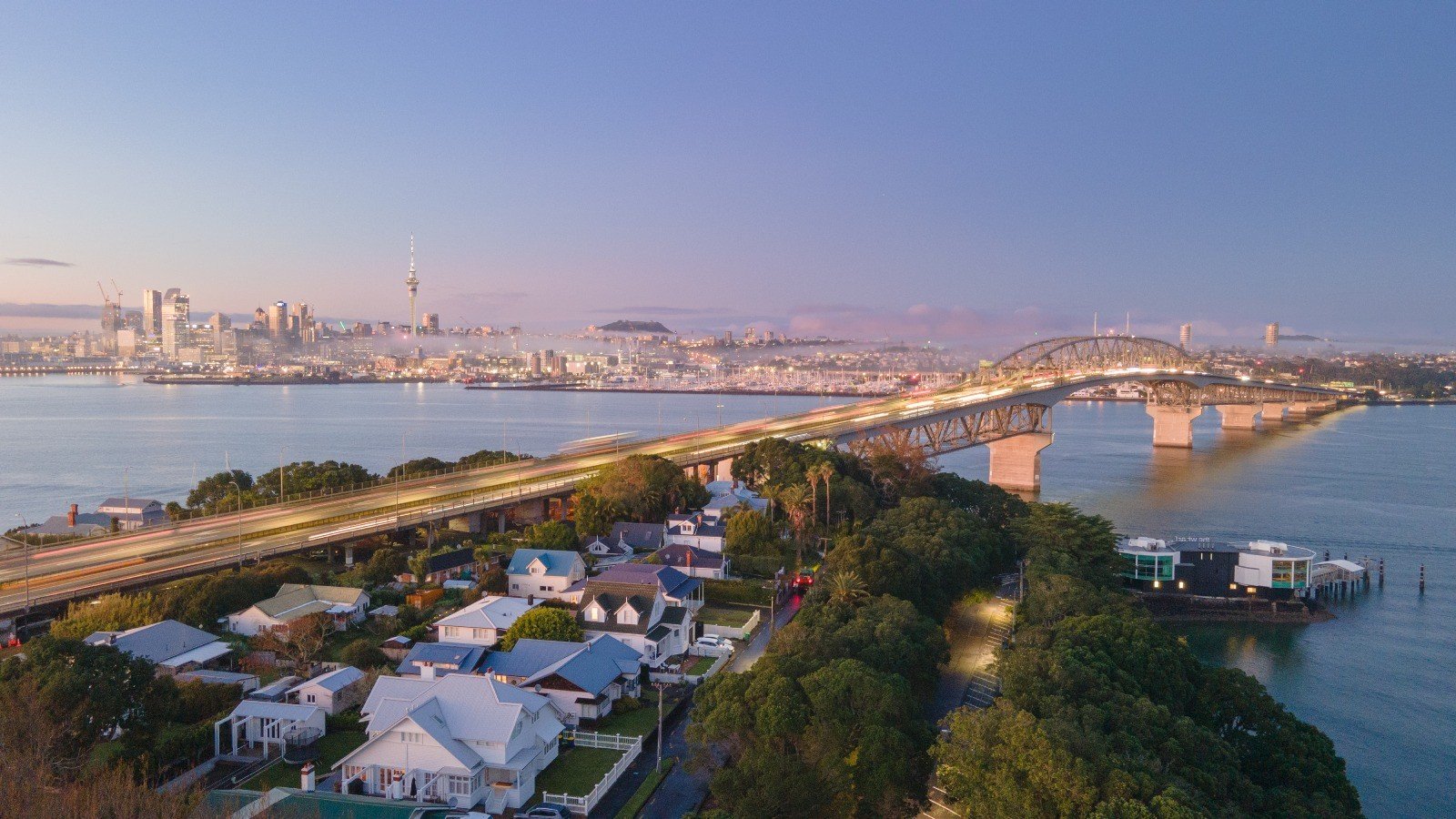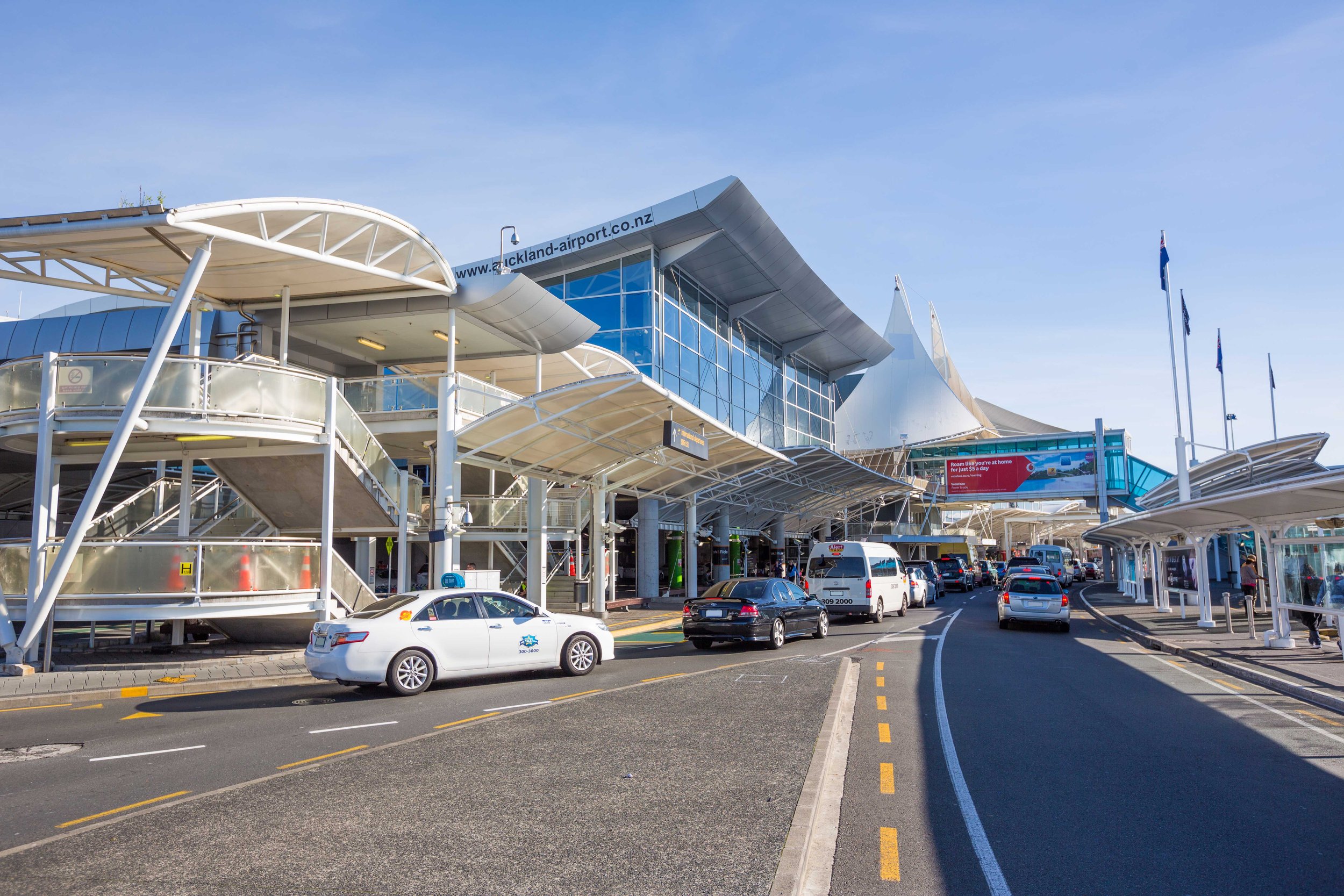
Auckland’s city centre: an engine of economic growth and productivity
Contribution to New Zealand’s GDP by area
Auckland city centre labour productivity premium vs. Rest of New Zealand
Tamaki Makaurau Auckland’s city centre is New Zealand’s commercial hub and one of the largest economies in the country in its own right.
Contributing $33.27 billion to the Auckland regional GDP of $160 billion in 2024 and 159,000 jobs, Auckland’s city centre accounts for 8 per cent of national GDP and nearly 6 per cent of all jobs. This makes it the fifth largest economy in the country if it were a region in its own right.
As New Zealand’s commercial hub, it is the headquarters of some of the country’s largest and most productive firms, as well as many multinationals. They locate here to realise agglomeration benefits such as shared infrastructure, access to talent, knowledge spillovers and other amenities.
Auckland’s city centre also provides a unique retail, hospitality, entertainment and cultural offering. This amenity base makes the city centre attractive for residents, workers and visitors alike.
-
The city centre has the highest employment density in New Zealand, employing 37,000 people per square kilometre. Its GDP output per square kilometre of $8.3b is also the highest in the country, nearly double that of Wellington CBD. This is driven by a high concentration of office-based, high-value service jobs – for example, while contributing 8 per cent of New Zealand’s GDP across all industries, 37 per cent of New Zealand’s GDP in the ‘financial and insurance services’ industry stems from Auckland’s city centre alone, and 28 per cent of the ‘information media and telecommunications’ industry.
These factors give Auckland’s city centre a clear productivity premium over the rest of the country of 40 per cent. GDP output per worker - a measure of labour productivity - is $209,000 in the city centre, well above the figure for the rest of New Zealand ($143,000).
In terms of GDP growth, Auckland’s city centre has outpaced the rest of the country every year since the GFC apart from the initial 12 months of the pandemic. In 2024, economy activity (GDP) in the city centre was nearly 25 per cent greater than it was in 2019. The rest of New Zealand’s economy only grew around 11 per cent over the same period. Growth has been driven by high-productivity service industries such as ‘financial and insurance services’ and ‘professional, scientific and technical services’, which accounted for a combined 62 per cent of city centre GDP growth from 2019-2024. ‘Information media and telecommunications’ is another high-productivity industry that has seen strong growth.
New Zealand’s sluggish productivity growth is a well-documented issue. The Government’s recently announced ‘Going for Growth’ strategy is a key policy platform designed to accelerate economic growth. As noted in the ‘Going for Growth: Unlocking New Zealand’s Potential’ report released in February 2025, the country has experienced poor labour productivity performance over many decades compared to other advanced economies, with increased productivity growth critical to raising incomes. In fact, the word ‘productivity’ appears in the report no less than 29 times. Auckland Mayor Wayne Brown’s recently updated ‘Manifesto for Auckland’ also points to our low productivity relative to global peers.
The ongoing economic success of Auckland’s city centre will be important in this context. Annual average labour productivity growth in the city centre over the last 20 years (1.6%) is double that of the rest of New Zealand (0.8%). The city centre has even maintained this pace since 2019, while the rest of the country has managed a meagre annual growth rate of 0.4 per cent. As a result, the city centre’s productivity premium over the rest of New Zealand has increased from 21 per cent in 2004 to 40 per cent in 2024 (see figure below).
Perhaps even more impressive is Auckland city centre’s performance relative to those of Sydney, Melbourne, Brisbane and Adelaide. Our city centre had a faster growth rate in GDP output per worker than all four Australian cities from 2004-2014, as well as from 2019-2024 (and second fastest from 2014-19). This was strongly driven by a larger proportional increase in ‘financial and insurance services’ jobs. Labour productivity in Auckland’s city centre is now only slightly below that of Brisbane’s and has closed the gap with Sydney and Melbourne. At the same time, there is still potential for further improvement. Sydney and Melbourne’s city centres, for example, have higher proportions of jobs in tech/IT .
Both the Government’s ‘Going for Growth’ strategy (“innovation, technology and science” pillar) and Mayor Wayne Brown’s ‘Manifesto for Auckland’ (“technology and innovation” as one of three “growth areas”) allude to the importance of innovative tech development to achieve higher economic growth, productivity and prosperity. Auckland’s city centre drives technological innovation in our economy, with nearly 40 of New Zealand’s top 200 tech firms (TIN200) either located in the centre itself or immediate surrounding area. The city centre also provides 40 per cent of Auckland’s computer system design and software jobs. Wynyard Quarter, with its innovation precinct and marine industries, plays a key role, as does the Learning Quarter, where the University of Auckland and Auckland University of Technology are located. These institutions, among others, provide a steady stream of talent and drive innovation and research in collaboration with industry.
The opening of City Rail Link (CRL) and New Zealand International Convention Centre (NZICC) in 2026 are a strong signal of confidence about the city centre’s future. Furthermore, the recent decision by Auckland Council’s Policy and Planning Committee to increase maximum building heights within the City Centre Zone will allow for investment in more quality homes, businesses and services in the heart of Auckland. Such developments are set to further strengthen the Auckland city centre’s role as an engine for economic growth and productivity.
For more information on Auckland’s city centre, see the city centre investment prospectus
Sources: New Zealand Government. Going for Growth: Unlocking New Zealand’s Potential – February 2025. Fix Auckland, Fix New Zealand: Mayor Brown updates Manifesto for Auckland. Infometrics Region Economic Profile Jobs in tech: Analysis carried out by Economic Development team at Tātaki Auckland Unlimited (Economic Development Office at Auckland Council from 1 July 2025) for city centre Advisory Panel (CCAP) in May 2025 using data commissioned from Australian economic consultancy .id and National Institute of Economic and Industry Research (NIEIR).









